NASA's Space Technology Program is turning science fiction into science fact. The program has selected 28 proposals for study under the NASA Innovative Advanced Concepts (NIAC) Program.
Aug 1st, 2012
Read more
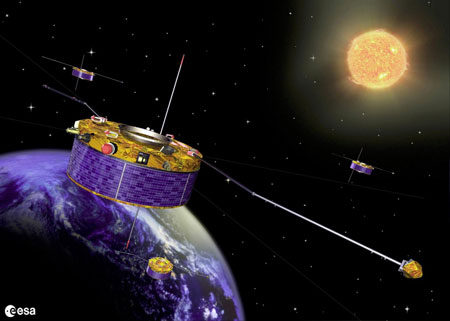 Around Earth, the processes accelerating electrons which hit the atmosphere and cause beautiful auroras are often initiated in thin current sheets. Similar processes, auroras and thin current sheets are found around other planets such as Jupiter and Saturn.
Around Earth, the processes accelerating electrons which hit the atmosphere and cause beautiful auroras are often initiated in thin current sheets. Similar processes, auroras and thin current sheets are found around other planets such as Jupiter and Saturn.
Aug 1st, 2012
Read more
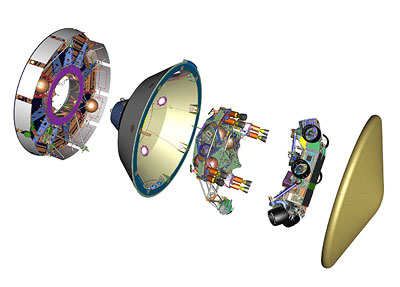 NASA scientists used software from Siemens to help create the new Mars rover Curiosity, which is currently on its way to Mars.
NASA scientists used software from Siemens to help create the new Mars rover Curiosity, which is currently on its way to Mars.
Jul 31st, 2012
Read more
After a journey of 245 days across 352 million miles, the moment of truth for the Mars Science Laboratory begins late in the evening of August 5 when the spacecraft roars into the Martian atmosphere, traveling at 13,200 miles an hour. The final seven minutes will determine the fate of the mission, and a perfect performance of the Lockheed Martin Space Systems aeroshell is absolutely vital to getting the Mars Curiosity Rover safely down on the sands of Mars.
Jul 26th, 2012
Read more
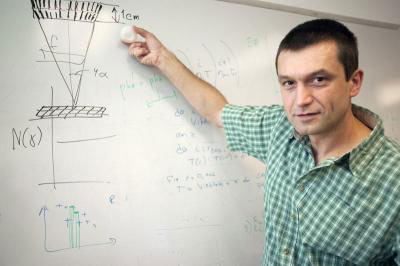 The inspiration behind NASA scientist Maxim Markevitch's quest to build a highly specialized X-ray mirror using a never-before-tried technique comes from an unusual source: a roll of Scotch tape.
The inspiration behind NASA scientist Maxim Markevitch's quest to build a highly specialized X-ray mirror using a never-before-tried technique comes from an unusual source: a roll of Scotch tape.
Jul 26th, 2012
Read more
Largest ever Cherenkov telescope sees first light.
Jul 26th, 2012
Read more
Max Planck scientists discover a young and energetic neutron star with unusually irregular rotation.
Jul 26th, 2012
Read more
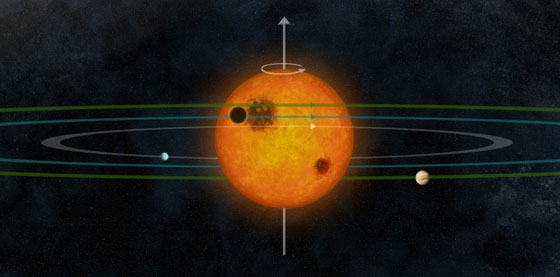 Researchers measure the orientation of a multiplanet system and find it very similar to our own solar system.
Researchers measure the orientation of a multiplanet system and find it very similar to our own solar system.
Jul 26th, 2012
Read more
A giant gas cloud is on collision course with the black hole in the centre of our galaxy in 2013. This is a unique opportunity to observe how a super massive black hole sucks in material, in real time.
Jul 25th, 2012
Read more
Comets and asteroids preserve the building blocks of our Solar System and should help explain its origin. But there are unsolved puzzles. For example, how did icy comets obtain particles that formed at high temperatures, and how did these refractory particles acquire rims with different compositions? Carnegie's theoretical astrophysicist Alan Boss and cosmochemist Conel Alexander are the first to model the trajectories of such particles in the unstable disk of gas and dust that formed the Solar System.
Jul 25th, 2012
Read more
Cutting-edge Canadian space technology directed by Université de Montreal's Rene Doyon
Jul 25th, 2012
Read more
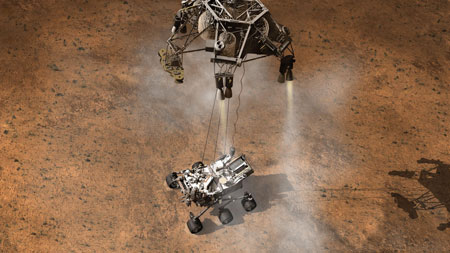 NASA's Mars Science Laboratory (MSL) is set to deliver the largest planetary rover ever flown onto the Red Planet?s surface early in the morning of 6 August.
NASA's Mars Science Laboratory (MSL) is set to deliver the largest planetary rover ever flown onto the Red Planet?s surface early in the morning of 6 August.
Jul 25th, 2012
Read more
For several days this month, Greenland's surface ice cover melted over a larger area than at any time in more than 30 years of satellite observations. Nearly the entire ice cover of Greenland, from its thin, low-lying coastal edges to its 2-mile-thick center, experienced some degree of melting at its surface, according to measurements from three independent satellites analyzed by NASA and university scientists.
Jul 24th, 2012
Read more
In order to understand Earth's earliest history--its formation from Solar System material into the present-day layering of metal core and mantle, and crust--scientists look to meteorites. New research from a team including Carnegie's Doug Rumble and Liping Qin focuses on one particularly old type of meteorite called diogenites.
Jul 23rd, 2012
Read more
A large inflatable heat shield developed by NASA's Space Technology Program has successfully survived a trip through Earth's atmosphere while travelling at hypersonic speeds up to 7,600 mph.
Jul 23rd, 2012
Read more
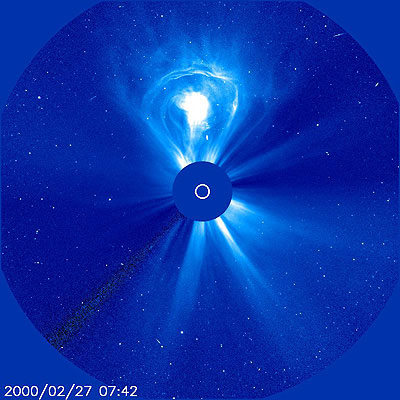 A light bulb-shaped eruption leaps from the Sun and blasts into space in this archival image from the ESA/NASA Solar and Heliospheric Observatory, SOHO.
A light bulb-shaped eruption leaps from the Sun and blasts into space in this archival image from the ESA/NASA Solar and Heliospheric Observatory, SOHO.
Jul 23rd, 2012
Read more
A telescope launched July 11 aboard a NASA sounding rocket has captured the highest-resolution images ever taken of the sun's million-degree atmosphere called the corona. The clarity of the images can help scientists better understand the behavior of the solar atmosphere and its impacts on Earth's space environment.
Jul 20th, 2012
Read more
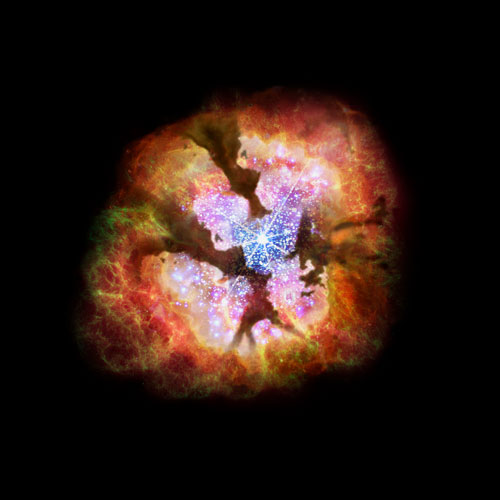 A research team observed emission lines at wavelengths of 0.87 mm, emitted from carbon monoxide molecules in an area of several degrees that includes the center of the Milky Way Galaxy.
A research team observed emission lines at wavelengths of 0.87 mm, emitted from carbon monoxide molecules in an area of several degrees that includes the center of the Milky Way Galaxy.
Jul 20th, 2012
Read more

 Subscribe to our Space Exploration News feed
Subscribe to our Space Exploration News feed





